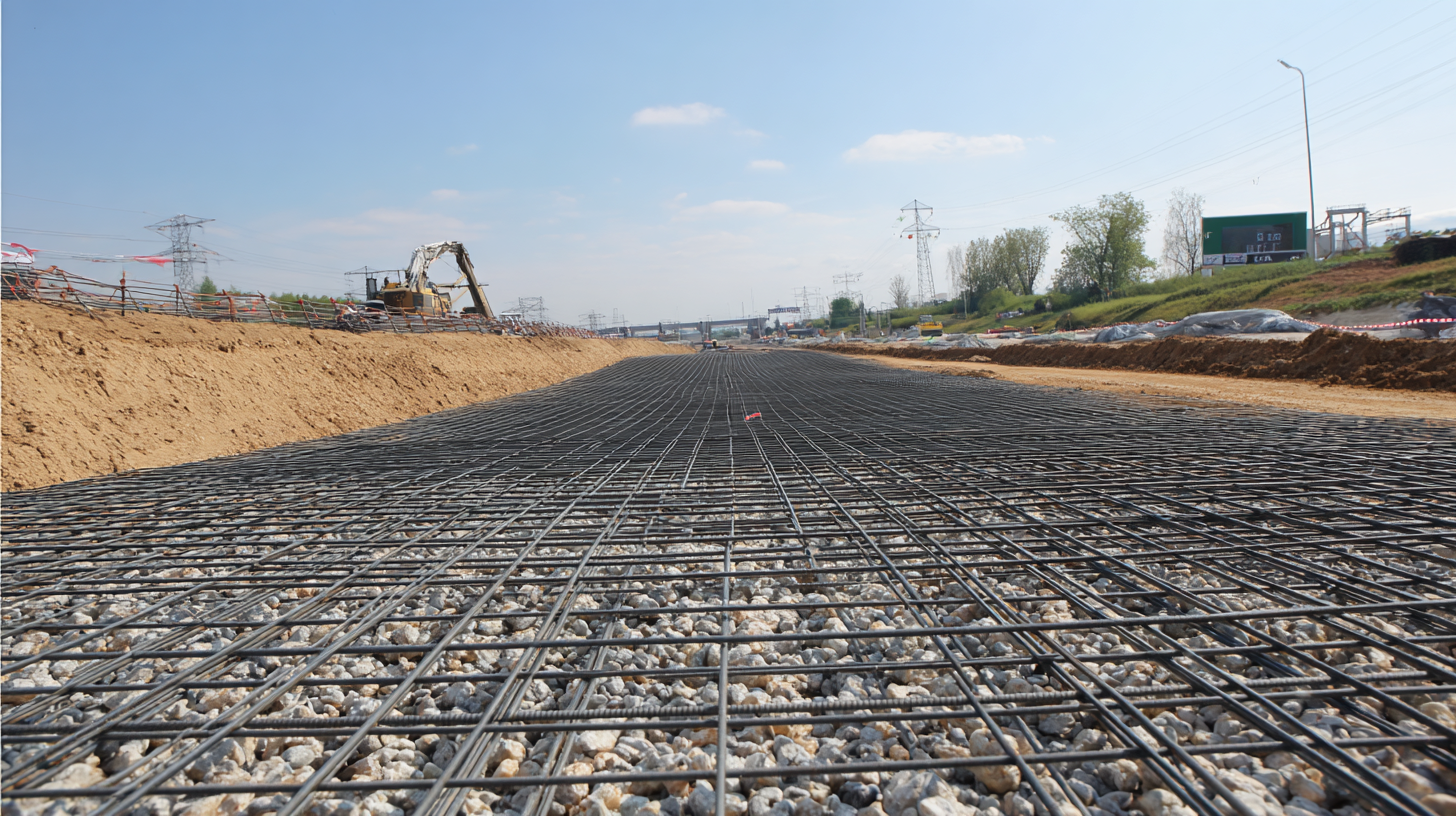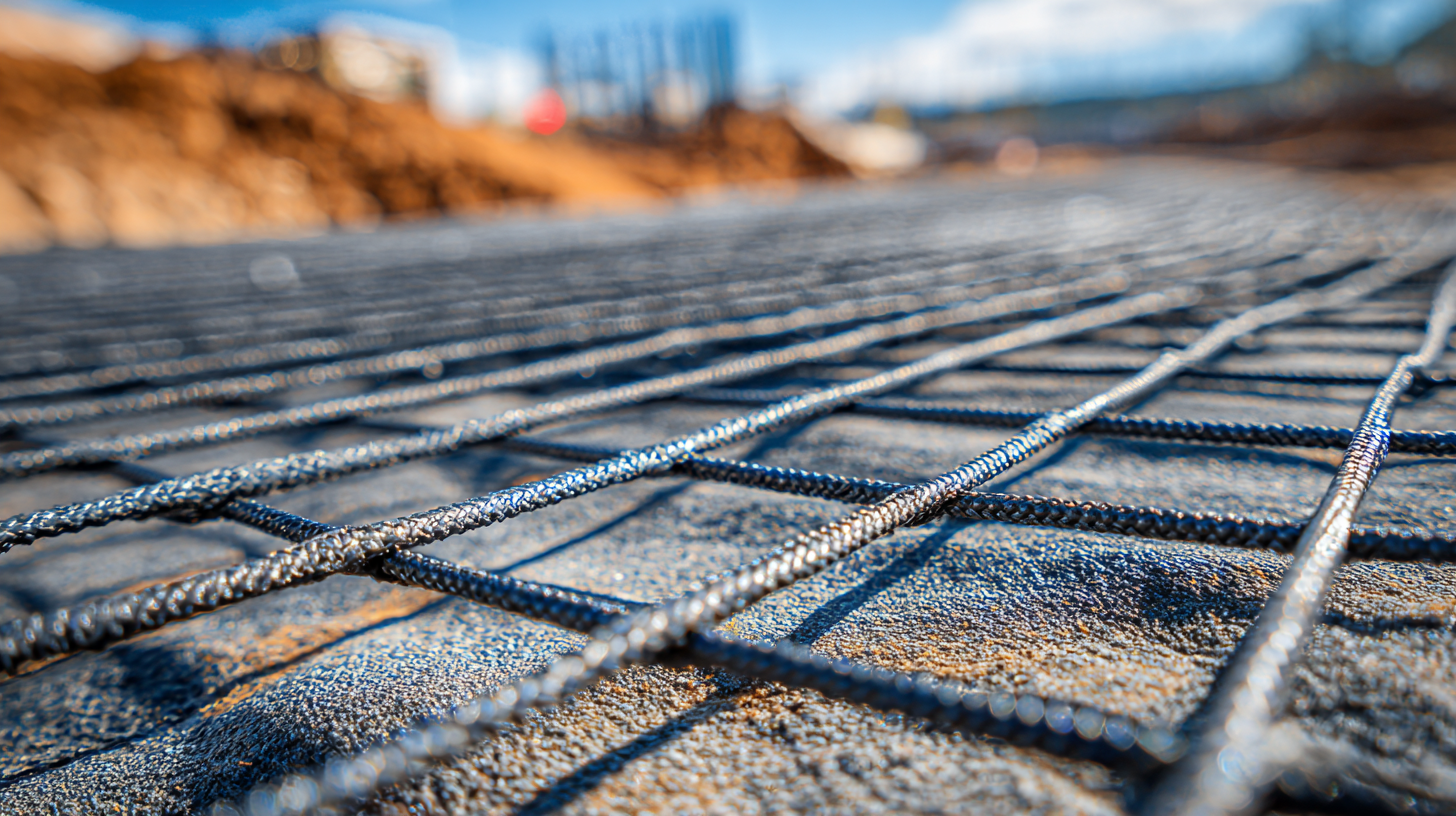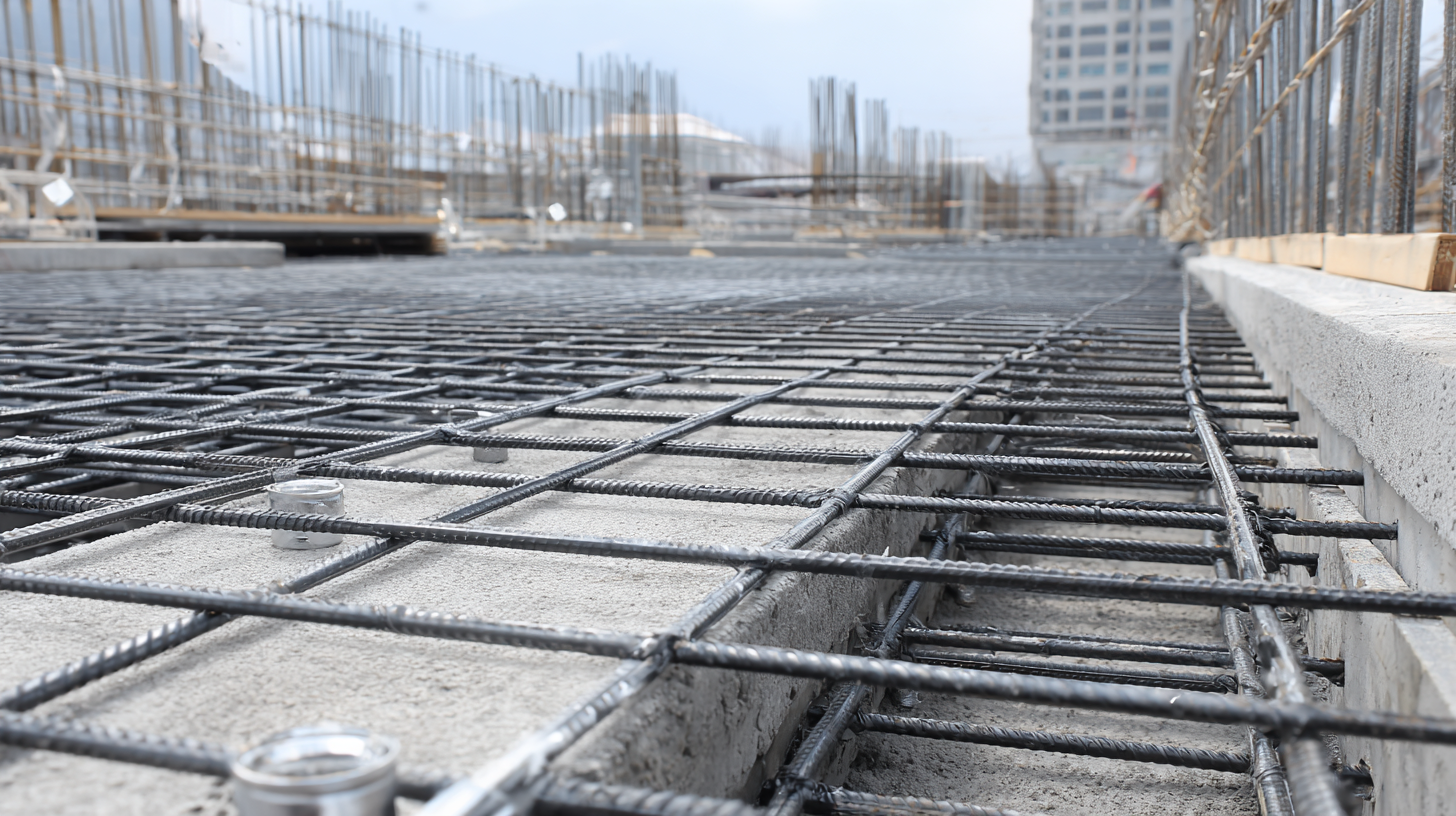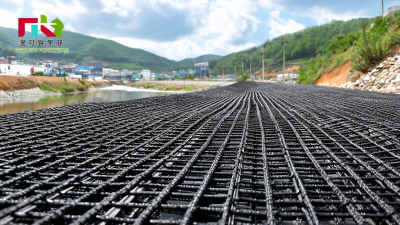Inquiry
Form loading...
- Phone
- E-mail
In the realm of infrastructure projects, the integration of innovative materials is crucial for enhancing durability and performance. One such solution gaining traction is the use of Geogrid Mesh, a technology designed to improve soil stability and distribution of loads, ultimately leading to more resilient constructions. As infrastructure needs evolve with urbanization and climate resilience demands, leveraging Geogrid Mesh can significantly optimize project outcomes.

This article explores key strategies for incorporating Geogrid Mesh solutions in order to maximize efficiency and sustainability in various infrastructure applications. By understanding the multifaceted benefits of Geogrid Mesh, project managers, civil engineers, and construction professionals can make informed decisions that not only minimize costs but also enhance the longevity and reliability of their projects.
Join us as we delve into the methods and advantages of implementing Geogrid Mesh in infrastructure development.
 Geogrid mesh solutions have emerged as game-changers in the field of infrastructure development, providing enhanced performance and stability for various projects. These innovative materials consist of a high-strength polymer grid that can effectively distribute load to minimize soil deformation. By reinforcing the ground’s structural integrity, geogrids optimize the design and longevity of roads, retaining walls, and other critical constructions. Their lightweight nature and ease of installation make them a practical choice for engineers looking to streamline project timelines and reduce labor costs.
Geogrid mesh solutions have emerged as game-changers in the field of infrastructure development, providing enhanced performance and stability for various projects. These innovative materials consist of a high-strength polymer grid that can effectively distribute load to minimize soil deformation. By reinforcing the ground’s structural integrity, geogrids optimize the design and longevity of roads, retaining walls, and other critical constructions. Their lightweight nature and ease of installation make them a practical choice for engineers looking to streamline project timelines and reduce labor costs.
The benefits of integrating geogrid mesh solutions into infrastructure projects are substantial. Firstly, they improve the overall load-bearing capacity, allowing for thinner and more efficient soil layers without compromising safety or durability. Additionally, geogrids can facilitate better drainage, reducing the risk of flooding and erosion in roadway applications. By enhancing the durability of the underlying soil, projects can achieve significant cost savings over time due to reduced maintenance and repair needs. Ultimately, geogrid mesh solutions represent a forward-thinking approach to infrastructure design, fostering sustainability and resilience in modern construction practices.
Geogrid mesh solutions are increasingly gaining attention in various infrastructure projects due to their ability to enhance soil stability and load distribution. Key infrastructure projects that can benefit from these mesh solutions include road construction, retaining walls, and airports. In road construction, geogrid can reinforce the subgrade, reducing deformation and extending the lifespan of the pavement. This reinforcement is especially valuable in areas with weak soils, where traditional methods may fall short.
Additionally, retaining walls can experience improved structural integrity when geogrid mesh is employed. The mesh provides lateral support, allowing for taller structures without compromising safety. Airports, which require robust ground stabilization for runways and taxiways, also see the advantages of geogrid solutions. By effectively distributing the weight of aircraft, geogrid systems help to minimize settlement and potential damage, ensuring safer and more efficient operations.
| Project Type | Location | Expected Benefits | Cost Reduction (% Est.) | Implementation Time (Months) |
|---|---|---|---|---|
| Road Construction | California, USA | Improved stability and reduced soil deformation | 15% | 6 |
| Railway Upgrades | Ontario, Canada | Enhanced load distribution and extended lifespan | 20% | 8 |
| Airport Runway | Sydney, Australia | Increased load support and maintenance reduction | 10% | 12 |
| Landfill Expansion | Texas, USA | Soil stabilization and efficiency in waste containment | 25% | 5 |
| Base Stabilization for Structures | London, UK | Increased load capacity and reduced differential settlement | 18% | 4 |
Integrating geogrid mesh solutions into your infrastructure projects can significantly enhance performance and longevity. To effectively incorporate these materials, start by conducting a thorough site analysis. Understanding soil conditions, load requirements, and environmental factors is crucial in selecting the right geogrid type. Collaborate with geotechnical engineers to assess the spatial distribution of stresses in your project area, ensuring that the geogrid will adequately reinforce your soil structure.

Another key best practice is to engage in proper installation techniques. Ensure that the geogrid is placed under optimum conditions, such as dry weather, to maximize its effectiveness. Pay close attention to overlapping and anchoring during installation to prevent displacement and ensure uniform load distribution. Additionally, consider using geogrid mesh in various layers of your project, such as during base layer construction and slope stabilization, to achieve enhanced grid performance. Training your team on these methodologies can lead to seamless integration and ultimately, a more robust infrastructure project.
The utilization of geogrid mesh solutions has gained traction in infrastructure projects due to their ability to enhance cost-effectiveness and performance. According to a 2022 report by the Geosynthetic Materials Association, projects incorporating geogrid systems can reduce overall material usage by up to 30%, translating to significant savings.
Additionally, these solutions improve load distribution and stability, leading to longer service life and reduced maintenance costs. With the infrastructure sector feeling the pressure of budget constraints, geogrid applications present a viable solution.
Tips: When evaluating geogrid mesh solutions, consider the specific load requirements and soil conditions of your project. Tailoring geogrid specifications can lead to improved structural integrity and performance metrics.
Moreover, a study by the American Society of Civil Engineers highlighted that projects with geogrid enhancements can achieve up to 50% faster construction times. This acceleration not only reduces labor costs but also minimizes project disruption, making geogrid applications a smart choice for infrastructure managers looking to optimize efficiency while staying within budget.
Tips: Regularly review the latest technological advancements in geogrid applications to ensure your project benefits from the most innovative and efficient solutions available.
Geogrid mesh solutions have emerged as a vital component in modern infrastructure projects, particularly in enhancing the stability and durability of foundational materials. Recent case studies illustrate the successful application of geogrids in various contexts, including road construction and soil stabilization in regions like Xinjiang. For instance, experimental pull-out tests on geogrid-reinforced gravelly soil revealed significant improvements in structural integrity, showcasing how these materials can effectively manage the challenges posed by local soil conditions.
When integrating geogrids into asphalt pavement foundations, remarkable benefits are also observed. By placing geogrids between layers of asphalt, projects have demonstrated increased strength and longevity of the roadways. This method not only supports better load distribution but also enhances resistance to cracking, ensuring that infrastructure remains robust over time.
Tips: When considering geogrid mesh solutions for your infrastructure projects, it is essential to conduct thorough soil assessments to choose the appropriate type of geogrid. Additionally, collaborating with experienced contractors who understand the intricacies of geogrid installation can further optimize the outcome of your projects. Lastly, regularly monitoring and maintaining reinforced structures can help in identifying potential issues early, prolonging the lifespan of the infrastructure.






